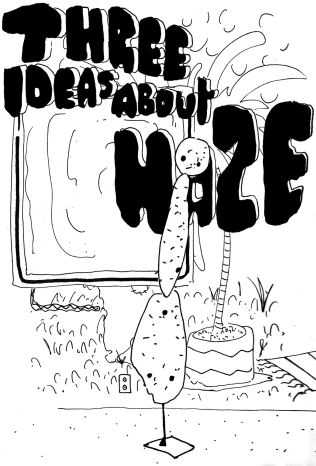Three Ideas About Haze
13 November – 19 December 2015
November 12, 2015 6–9 pm
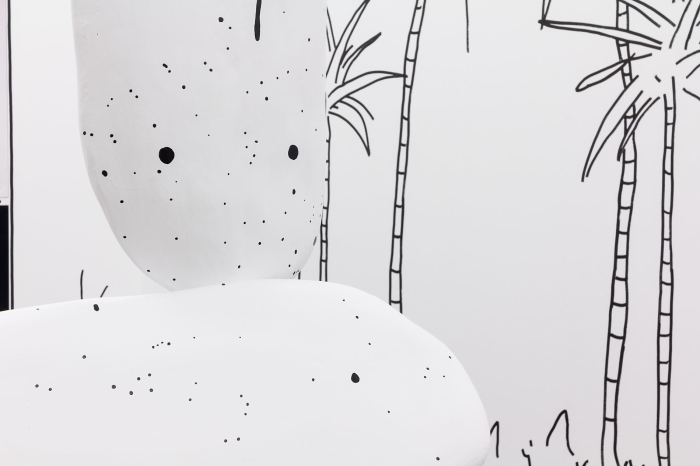
Zin Taylor, "Three Ideas about Haze"
Installation view at Supportico Lopez, Berlin 2015
Installation view at Supportico Lopez, Berlin 2015
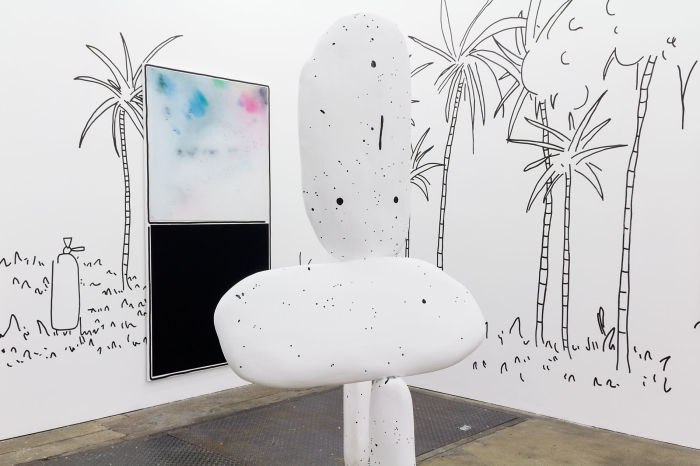
Zin Taylor, "Three Ideas about Haze"
Installation view at Supportico Lopez, Berlin 2015
Installation view at Supportico Lopez, Berlin 2015
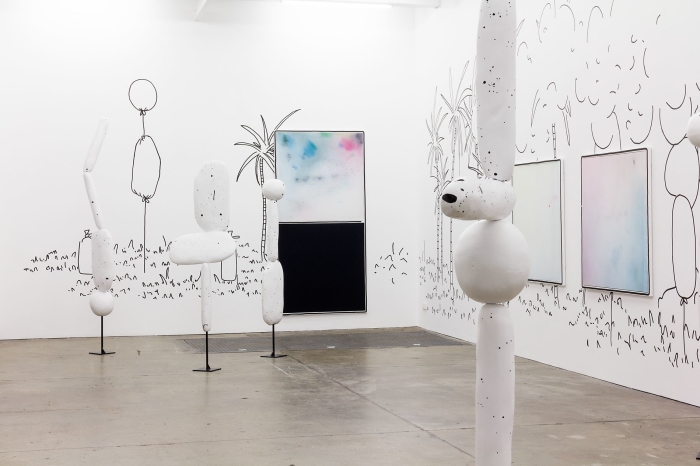
Zin Taylor, "Three Ideas about Haze"
Installation view at Supportico Lopez, Berlin 2015
Installation view at Supportico Lopez, Berlin 2015
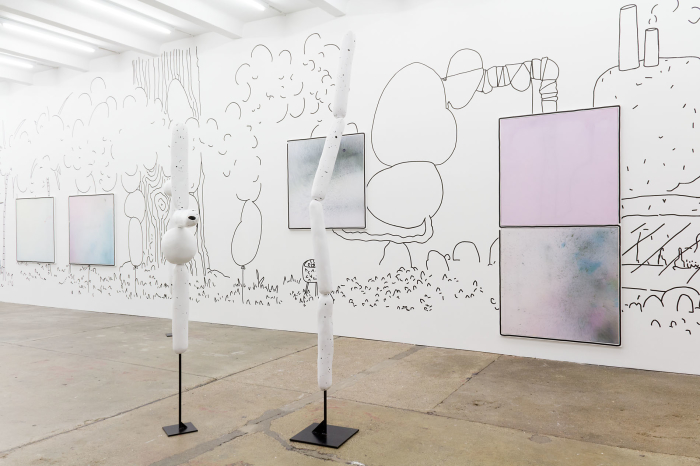
Zin Taylor,"Three Ideas about Haze"
Installation view at Supportico Lopez, Berlin 2015
Installation view at Supportico Lopez, Berlin 2015
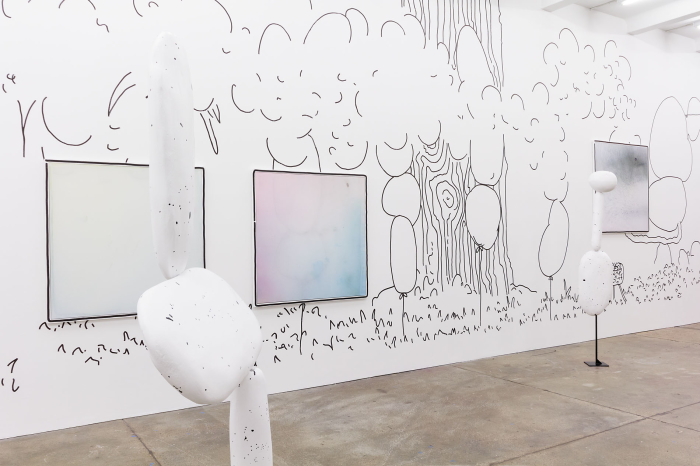
Zin Taylor, "Three Ideas about Haze"
Installation view at Supportico Lopez, Berlin 2015
Installation view at Supportico Lopez, Berlin 2015
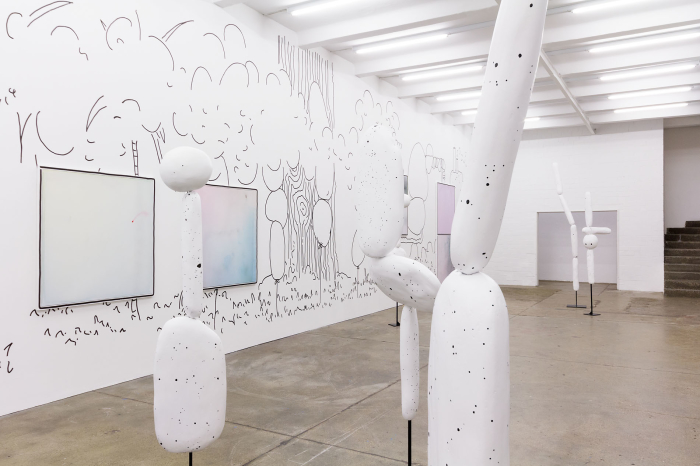
Zin Taylor, "Three Ideas about Haze"
Installation view at Supportico Lopez, Berlin 2015
Installation view at Supportico Lopez, Berlin 2015
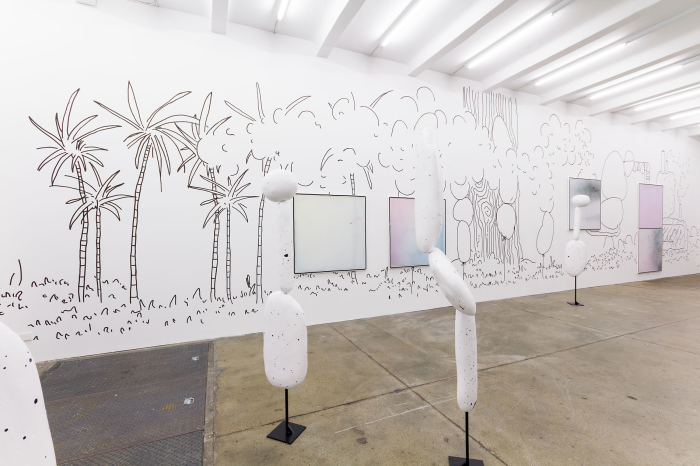
Zin Taylor, "Three Ideas about Haze"
Installation view at Supportico Lopez, Berlin 2015
Installation view at Supportico Lopez, Berlin 2015
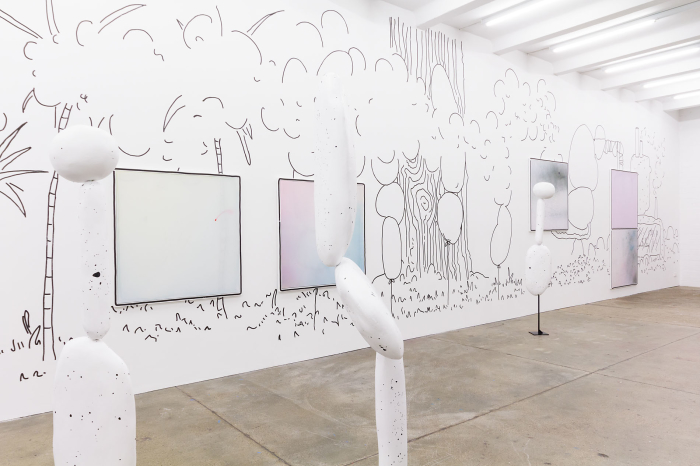
Zin Taylor, "Three Ideas about Haze"
Installation view at Supportico Lopez, Berlin 2015
Installation view at Supportico Lopez, Berlin 2015
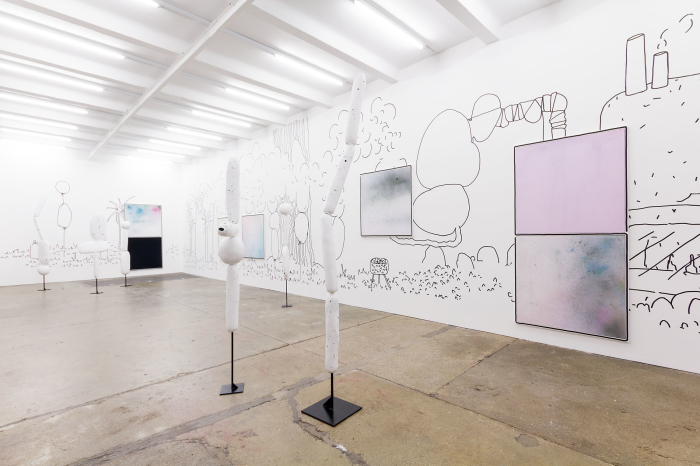
Zin Taylor, "Three Ideas about Haze"
Installation view at Supportico Lopez, Berlin 2015
Installation view at Supportico Lopez, Berlin 2015
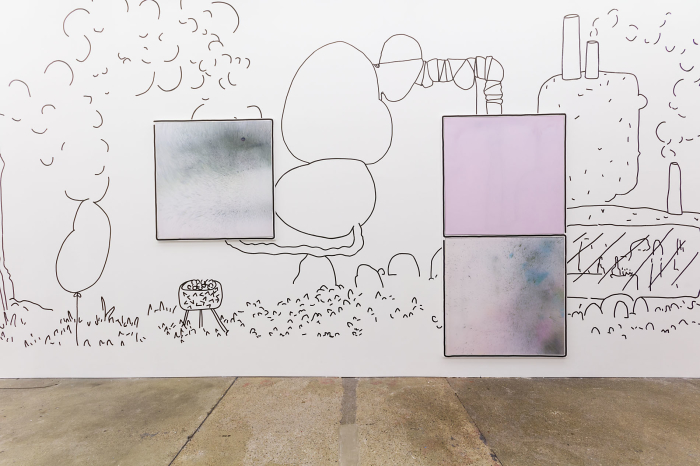
Zin Taylor, "Three Ideas about Haze"
Installation view at Supportico Lopez, Berlin 2015
Installation view at Supportico Lopez, Berlin 2015
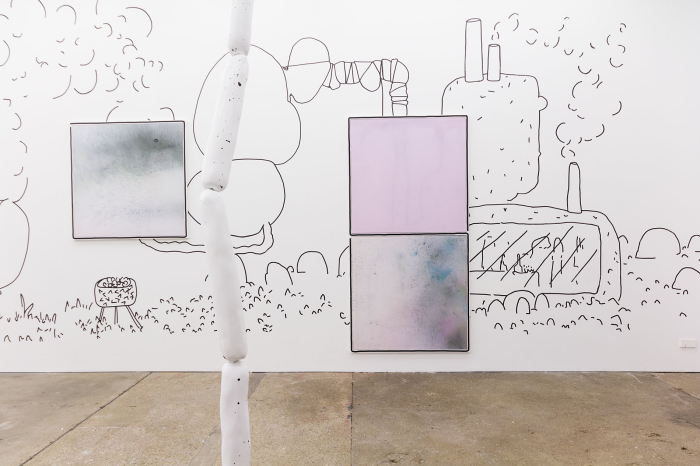
Zin Taylor, "Three Ideas about Haze"
Installation view at Supportico Lopez, Berlin 2015
Installation view at Supportico Lopez, Berlin 2015
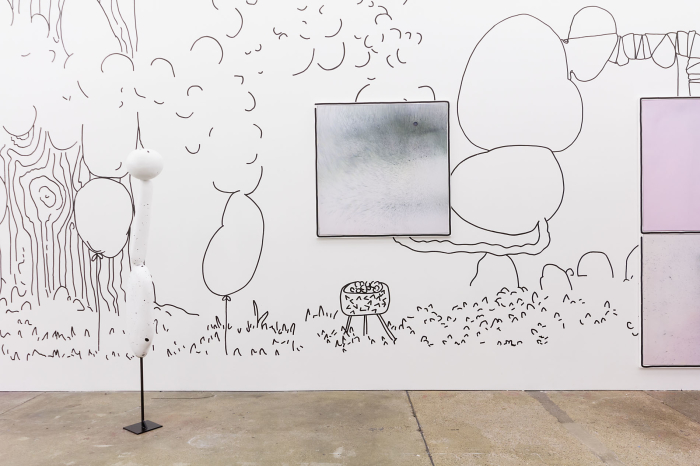
Zin Taylor, "Three Ideas about Haze"
Installation view at Supportico Lopez, Berlin 2015
Installation view at Supportico Lopez, Berlin 2015
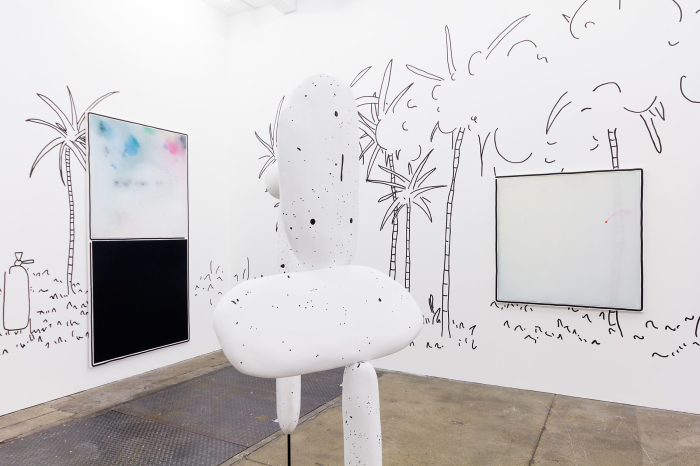
Zin Taylor, "Three Ideas about Haze"
Installation view at Supportico Lopez, Berlin 2015
Installation view at Supportico Lopez, Berlin 2015
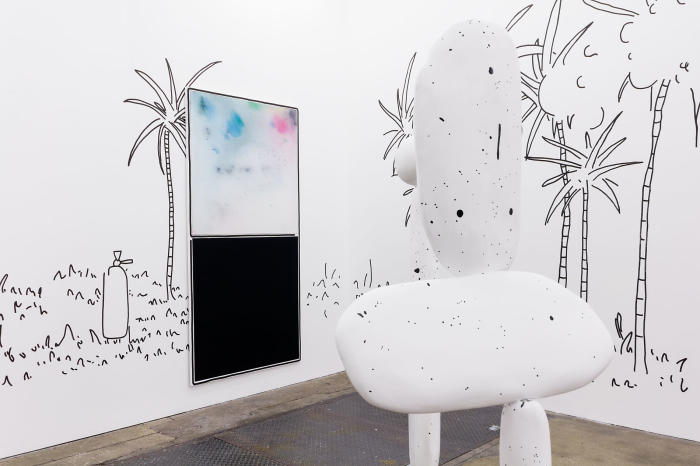
Zin Taylor, "Three Ideas about Haze"
Installation view at Supportico Lopez, Berlin 2015
Installation view at Supportico Lopez, Berlin 2015
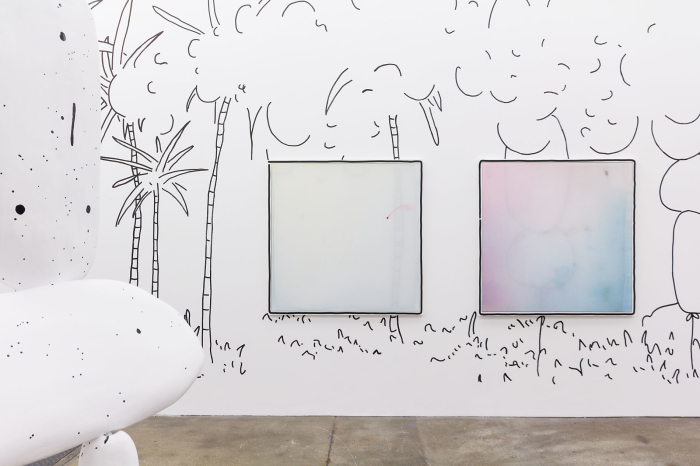
Zin Taylor, "Three Ideas about Haze"
Installation view at Supportico Lopez, Berlin 2015
Installation view at Supportico Lopez, Berlin 2015
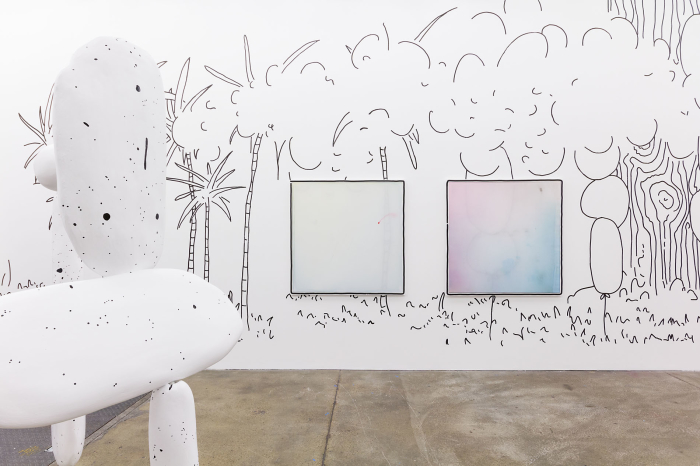
Zin Taylor, "Three Ideas about Haze"
Installation view at Supportico Lopez, Berlin 2015
Installation view at Supportico Lopez, Berlin 2015
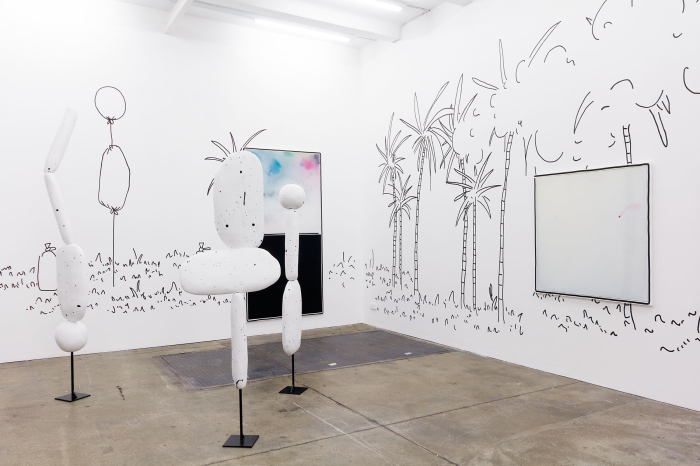
Zin Taylor, "Three Ideas about Haze"
Installation view at Supportico Lopez, Berlin 2015
Installation view at Supportico Lopez, Berlin 2015
